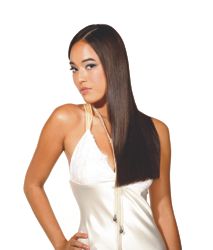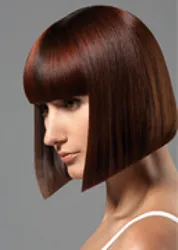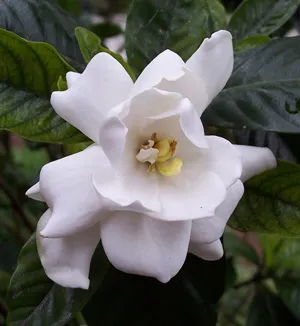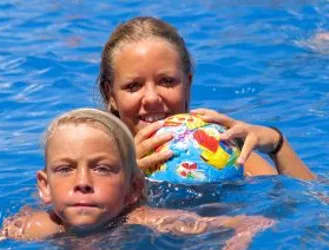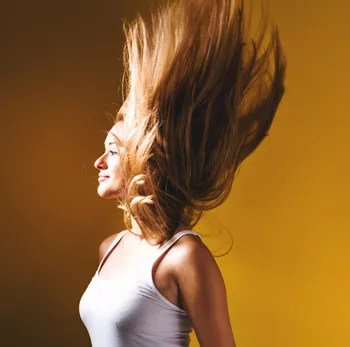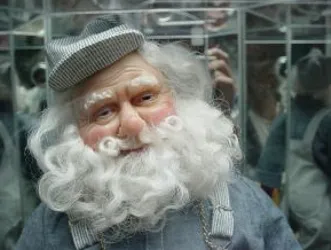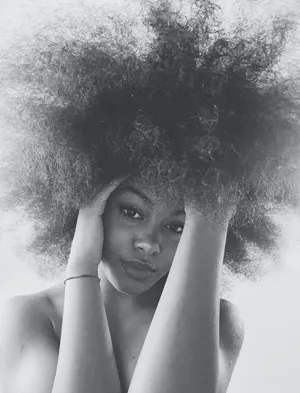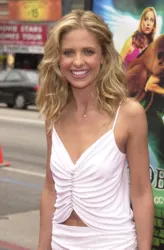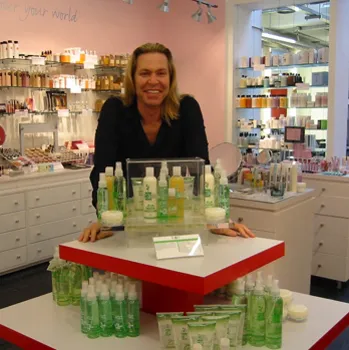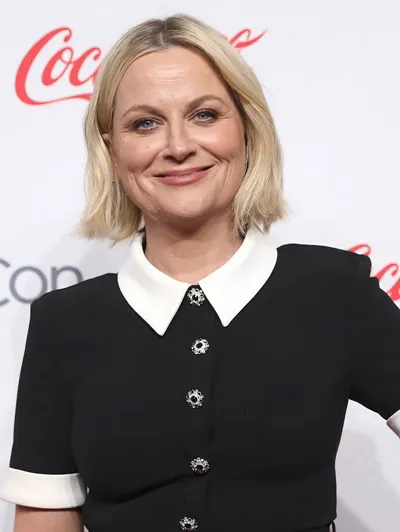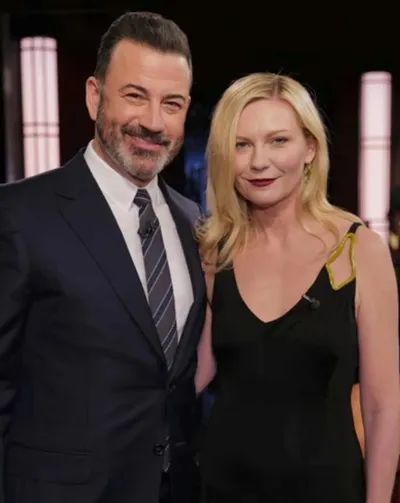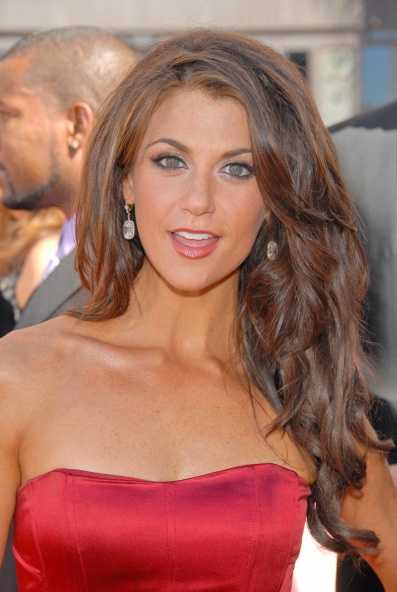
Shampoo Basics - Hair Tips
Introduction
Due to the ongoing introductions of the latest and greatest hair care products, hair consumers have developed some misconceptions about the basics of shampoo. Although modern day shampoo products may promise to achieve a wide range of benefits from fattening strands to adding color or changing texture, the key component of shampoo is quite simple. That component is to clean the scalp and the attached tresses. It has been the primary requirement of shampoo since it was first created. Shampoo Basic RequirementsThe basic shampoo requirements include: -The ability to cleanse hair of oils, sebum, debris and dirt -Should work equally well in all types of water from hard to soft to well -Should be gentle enough not to irritate eyes, skin or scalp. -The ability to leave the hair in the basic condition it was in before the shampoo was applied. In other words, not damage the hair in any way by applying shampoo. It is important to have a basic understanding of how shampoo is created. Shampoo Basics - Molecules
No discussion of the action of shampoos and how they function to cleanse the hair and scalp can be meaningful unless a study is made of the shampoo molecule. Shampoo formulas are composed of a series of large, specially treated molecules. Each molecule consists of both a head and a tail section designed to handle specific cleansing functions. The tails of the shampoo molecule attracts dirt, debris, grime, grease and oil but repels water. The head attracts water but repels dirt. The two heads work together in unison to clean the hair. The Basic Shampoo CycleThe shampoo cycle first starts with the hair as it becomes dirty. The scalp naturally excretes sebum or natural oils. The oils flow from the top of the head down the length of the hair. As the hair becomes oily, those oils, which are sticky and greasy cling to the surface of the strands. These greasy strands attract dust, debris and other types of foreign matter. Because of the sebum and natural hair oils, plain water can not easily clean the hair because water molecules alone are unable to pull dirt from the cuticle. This is why shampoo contains a tail embedded with the ability to attract dirt, grease, oil, grime and debris to it. In essence the tail molecules of the shampoo will suck up the dirt from the surface of the hair. Importance Of Massaging Shampoo To Activate Tail MoleculesTo activate the tail molecules, the shampoo formula must be massaged into the scalp and hair. This insures that the shampoo's tail molecules can be brought into direct contact with all the oily, dirty, grimy substances and vacuum them out. The action of massaging the shampoo into the hair and scalp will cause grease, oils and dirt, as they are sucked up by the tails and roll up into small blobs. If an excess of shampoo is used, the formula will seep into what is known as imbrications that cover the strands. This can cause excessive tangling, matting, tearing and dryness. This is especially true with shampoo formulas that are alkaline. As currents of warm water runs over the top of the shampoo covered hair, the water literally washes away the blobs of dirt and grease that the heads of the shampoo molecules have sucked up from the surface of the strands. Foreign matter captured by the tails are removed only during the rinse stage of cleansing. Excess Shampoo ChallengesExcess shampoo molecules that haven't been utilized to remove dirt and debris are less easily removed from the hair shaft. This is why hair that is not rinsed properly will become coated with the excess shampoo. Continued rinsing is essential to completely clean the hair of all leftover shampoo. The amount of time required to rinse shampoo from the hair is greatly reduced when less shampoo is initially applied. This is why my ongoing theory of "less is more" when it comes to shampoo procedures is so important. It is always better to not use enough shampoo than too much shampoo. It is also know that excess swelling of the cuticles is prevented by acid, soap less shampoos. SummaryAll professional cosmetologists understand the importance of shampoo and how the cleanliness of hair affects other hair services. Although modern day shampoo products may promise to achieve a wide range of benefits from fattening strands to adding color or changing texture, the key component of shampoo is quite simple. That component is to clean the scalp and the attached tresses. It has been the primary requirement of shampoo since it was first created. | ||||||
| If you want to talk more about this or other hair care articles on HairBoutique.com or anywhere else, please post a message on HairBoutique.com's Hair Talk Forums.
|
Social Media Network Information
Please follow us on Twitter at: https://Twitter.com/HairBoutique. I look forward to meeting new people from all walks of Twitter and learning from their Tweets.


